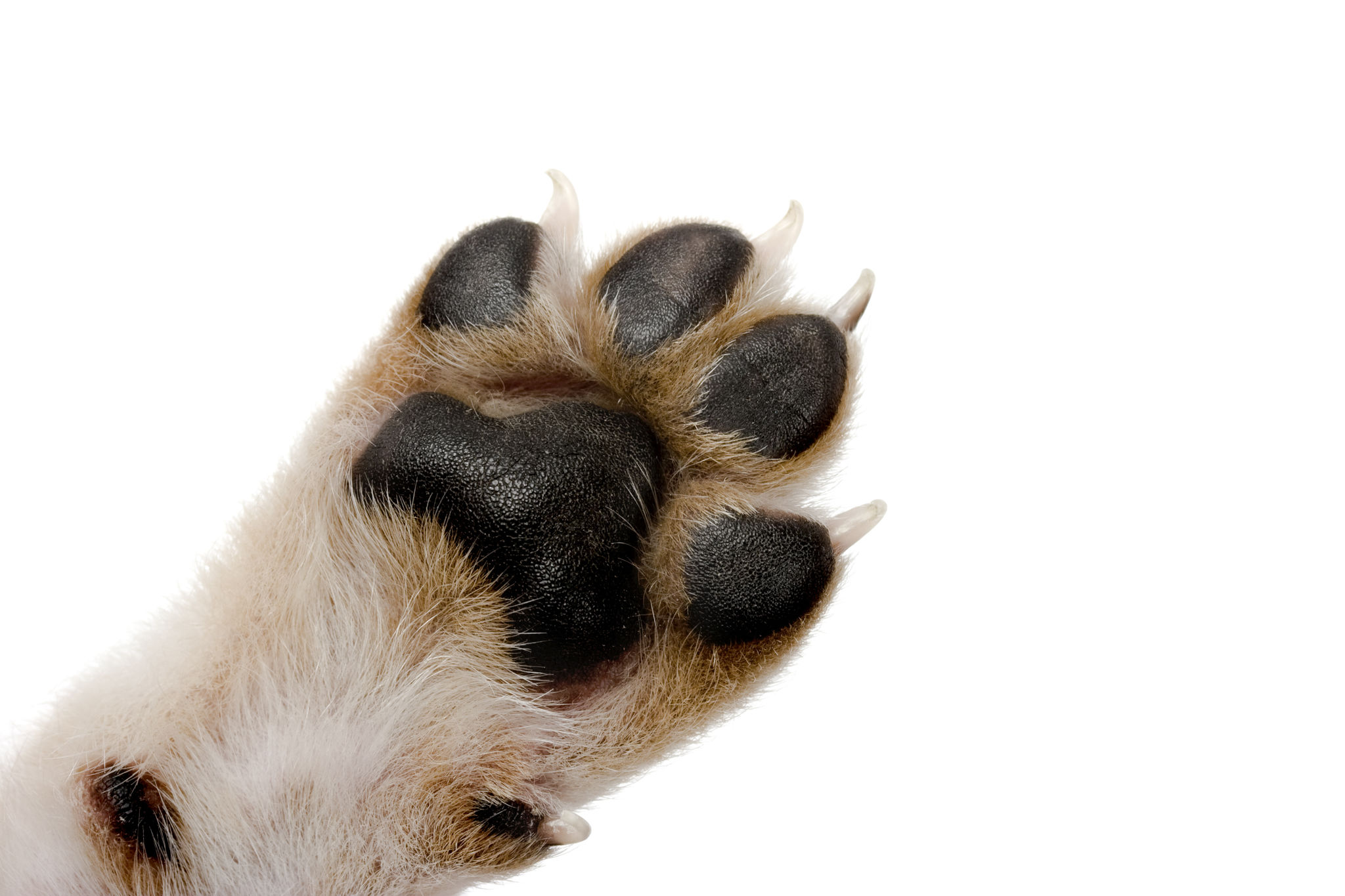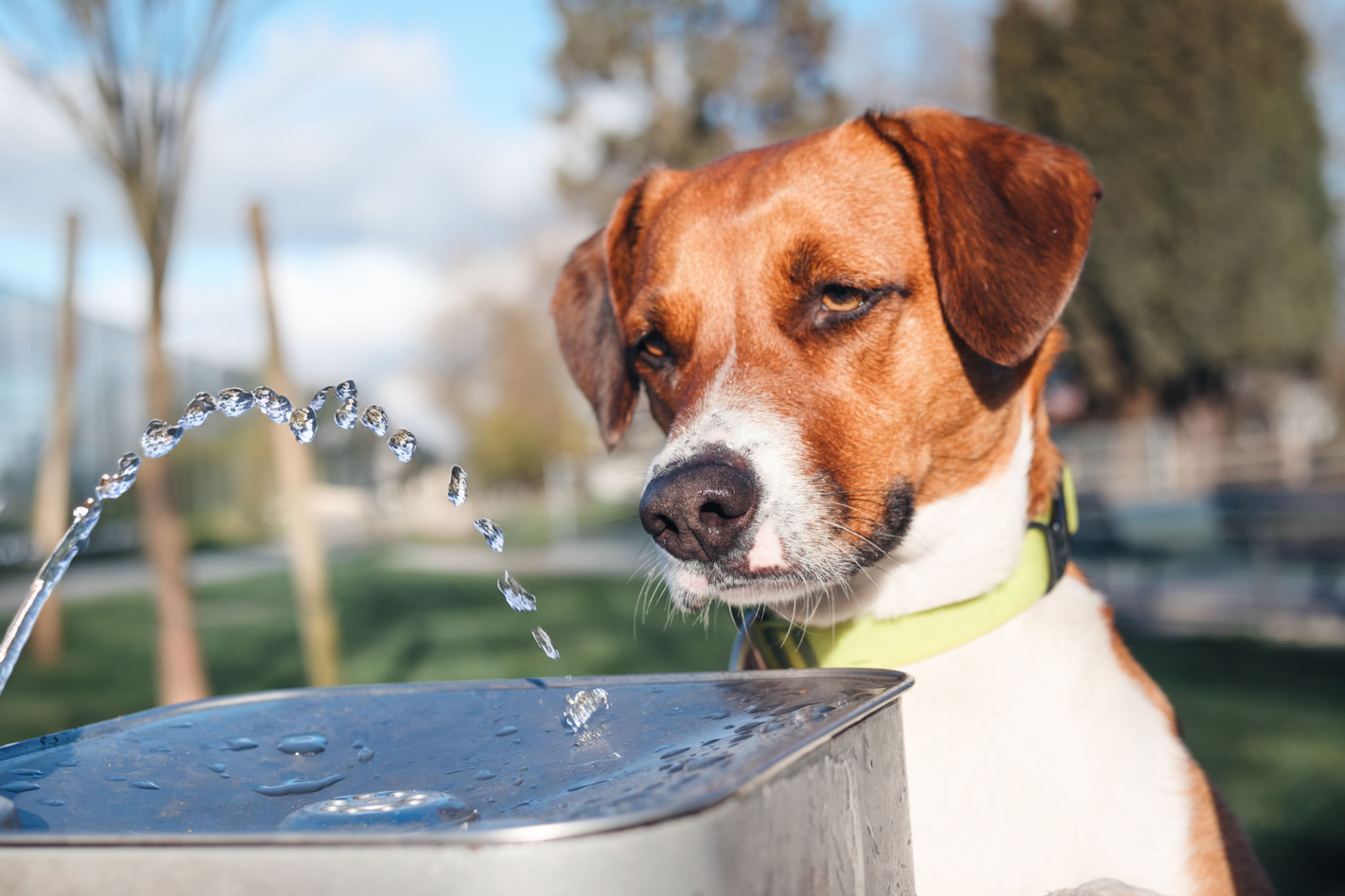Preparing Your Dog for Summer: Seasonal Grooming Tips
JK
Understanding Your Dog's Coat
As summer approaches, it's essential to prepare your furry friend for the warmer weather. One of the key aspects of this preparation is understanding your dog's coat type and how it affects their grooming needs. Different breeds have varying coat textures, lengths, and shedding patterns. Knowing your dog's specific coat type will help you choose the right grooming techniques and tools to keep them comfortable and healthy throughout the season.
Double-coated breeds, such as Huskies and Golden Retrievers, have a thick undercoat that sheds heavily in the summer. On the other hand, single-coated breeds like Poodles have less shedding but require regular trimming. Understanding these differences will help you tailor your grooming routine accordingly.

Essential Grooming Tools
Having the right grooming tools on hand can make a world of difference in maintaining your dog's coat during summer. Some essential tools include:
- Brushes: A slicker brush is excellent for removing loose fur, while a bristle brush can help distribute natural oils.
- Deshedding tools: These are particularly useful for double-coated dogs to remove excess undercoat.
- Clippers and scissors: Ideal for trimming and shaping, especially for long-haired breeds.
Using the right tools not only keeps your dog's coat looking great but also prevents issues such as matting and skin irritation.

Regular Bathing Routine
Summer often means more outdoor activities for you and your dog, leading to increased dirt and potential allergens in their coat. Establishing a regular bathing routine helps keep your dog clean and reduces the risk of skin problems. Use a gentle dog shampoo that suits your pet's skin type, and rinse thoroughly to avoid any residue that might irritate their skin.
It's important not to overbathe, as this can strip away essential oils from their skin, leading to dryness. Aim for a bath every 3-4 weeks unless your dog gets particularly dirty or smelly.
Nail and Paw Care
In addition to coat care, don't forget about your dog's nails and paws. Summer surfaces can be hot, potentially causing discomfort or injury. Keep your dog's nails trimmed to prevent snagging and discomfort while walking. Be cautious of hot pavement, as it can burn their paws. Consider using paw balm to protect and moisturize their pads.

Ear and Eye Maintenance
The warmer months can lead to increased allergens, which might affect your dog's ears and eyes. Regularly check and clean their ears to prevent infections, especially if they enjoy swimming. Use a vet-recommended ear cleaner and gently wipe away any debris.
For eye care, keep an eye out for any signs of irritation or discharge. Use a damp cloth to clean around the eyes if necessary, ensuring to avoid direct contact with sensitive areas.
Hydration and Nutrition
Grooming extends beyond the physical appearance of your dog; it also involves ensuring their overall well-being. Hydration is crucial during hot months, so always provide fresh, clean water. Consider adding wet food or homemade treats with high moisture content to their diet to help maintain hydration.

Proper nutrition plays a vital role in maintaining a healthy coat. High-quality dog food with balanced nutrients supports skin health and reduces shedding. Consult your vet for dietary recommendations tailored to your dog's specific needs.